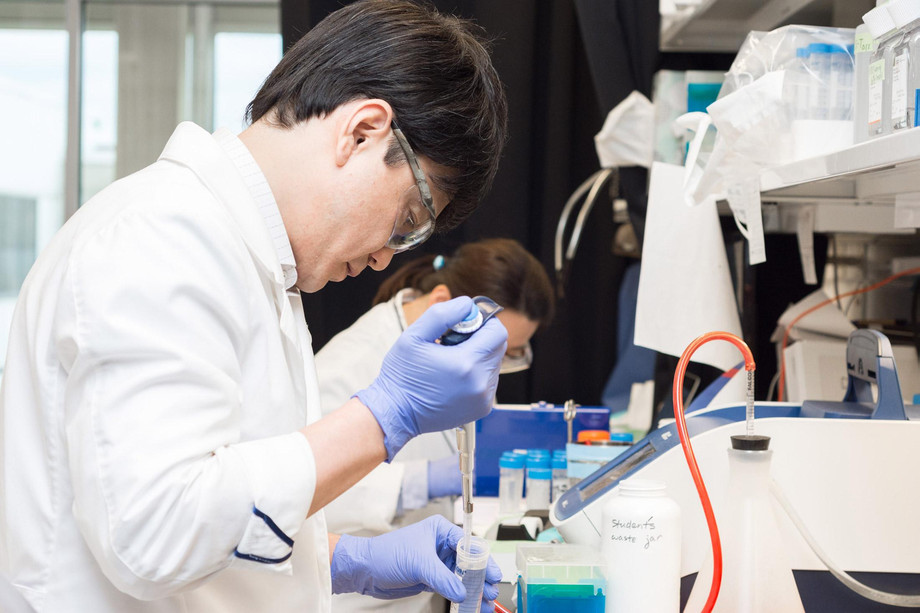Tissue engineering is an interdisciplinary field addressed to develop functional three-dimensional tissues combining cells, scaffolds, and bioactive molecules. This field involves scientific areas such as cell biology, chemistry, material science, molecular biology, medicine, and engineering. It can be used to develop functional constructs that can be used to reestablish, maintain or improve the condition of injured body parts or tissues.
By mixing cells from the body with highly porous scaffold biomaterials, tissue engineering can aid in the regeneration of damaged tissues. Scaffold biomaterials guide the formation of new tissue by acting as templates for tissue regeneration. Tissue regeneration is extremely useful in the clinical treatment of organ therapies like transplantation. Tissue engineering cells can be autologous (from the patient), allogenic (from a human donor but not immunologically identical), or xenogenic (from a human donor but not immunologically identical) (from a different species donor).
Tissue engineering is gaining popularity in a variety of fields, including wound care, burn treatment, orthopaedics, neurology, and urological products. Tissue engineering has the potential to be very useful in the treatment of paediatric patients. In congenital anomalies such as bladder exstrophy, esophageal atresia, and congenital diaphragmatic hernia, tissue or organs missing at birth represent a major obstacle in surgical repair. Furthermore, the worldwide tissue engineering market is predicted to develop due to an increase in burn and trauma-related injuries. According to data from the American Burn Association from 2014, almost 450,000 patients are treated for burns in hospitals and emergency rooms each year.

